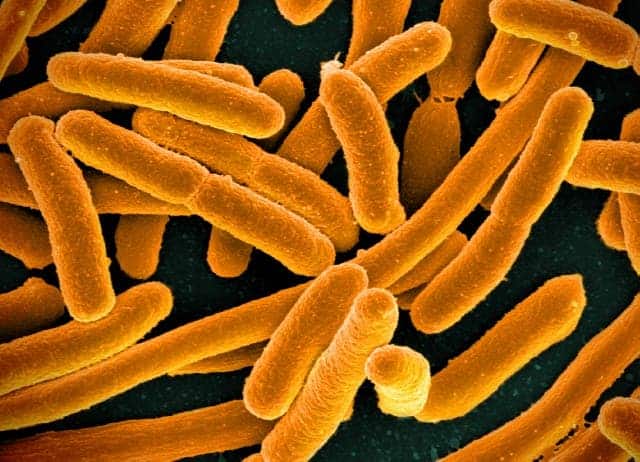
One milliliter droplet of DNA can theoretically store as much information as two Walmarts full of data servers. Naturally, many scientists see the blueprint of life as the ultimate medium for storing information — but that’s a bit easier said than done.
Previously, scientists encoded the entire book The Wizard of Oz, images, and even GIFs into the iconic double-helix “twisted ladder,” which they could then decode.
Now, a team at Columbia University in New York have taken things to the next level. Rather than storing information in DNA molecules isolated in the lab, the scientists used gene-editing tool CRISPR to encode and store information inside living bacteria.
DNA kept outside cells tends to degrade fast, which is exactly what you don’t want to happen to your precious data. Bacteria, on the other hand, are remarkably resilient in the face of harsh conditions and can adapt to changing environments. Essentially, the bacteria act as a buffer between the information stored in its DNA and the harsh environment.
The researchers inserted specific DNA sequences of the four bases — adenine (A), cytosine (C), thymine (T), and guanine (G) — that encode binary data (the 1s and 0s that computers use) into the cells of E. coli bacteria. Different arrangements of these four bases can be used, for instance, to encode different letters of the alphabet, which is how the scientists managed to store the 12-byte text message ‘Hello world!’ in the bacterial cells.
The message was read by extracting and sequencing the bacterial DNA. Obviously, this is all a much more laborious and prone to error process than encoding 1s and 0s on a flash or hard drive. However, DNA storage will probably never be meant for average digital users. Instead, it might see use when long-term storage of important information is required, such as archives, even for up to thousands of years.
“We demonstrate multiplex data encoding into barcoded cell populations to yield meaningful information storage and capacity up to 72 bits, which can be maintained over many generations in natural open environments. This work establishes a direct digital-to-biological data storage framework and advances our capacity for information exchange between silicon- and carbon-based entities,” the researcher wrote.
The findings appeared in the journal Nature Chemical Biology.






